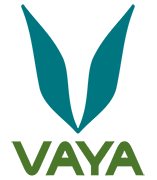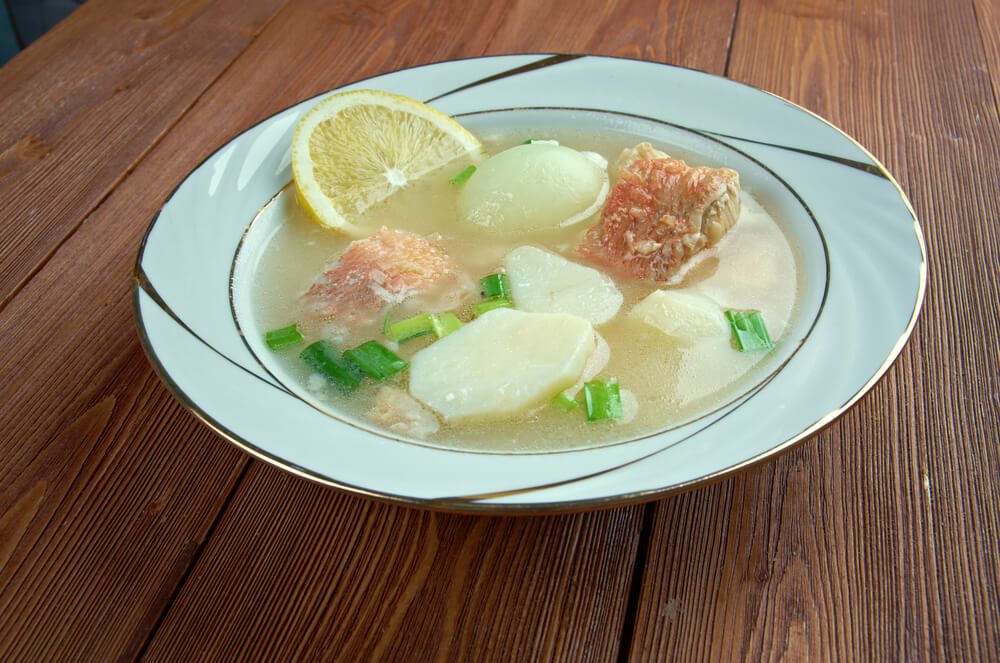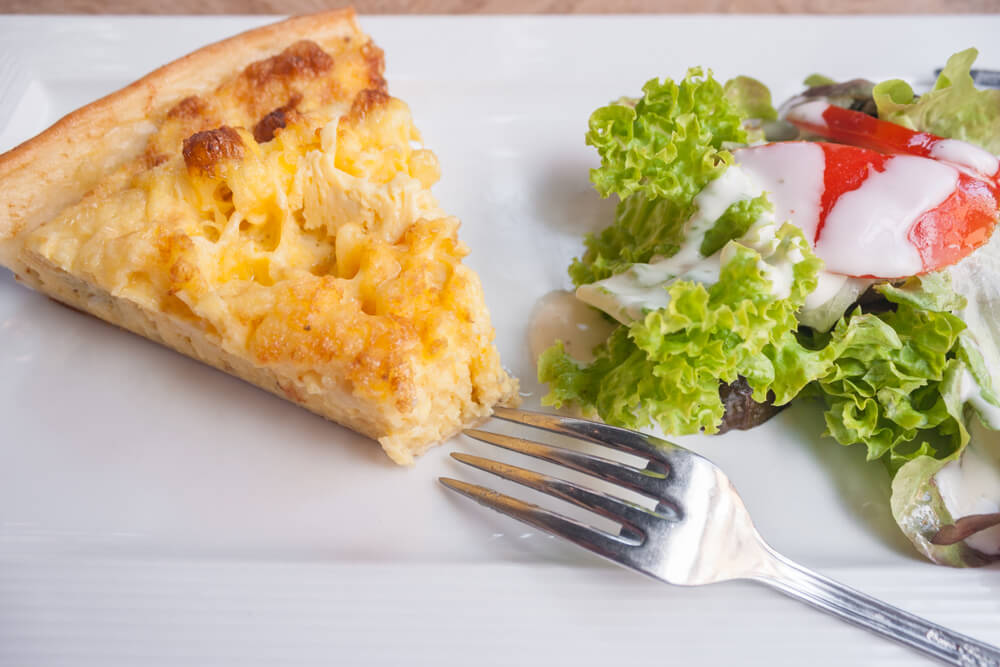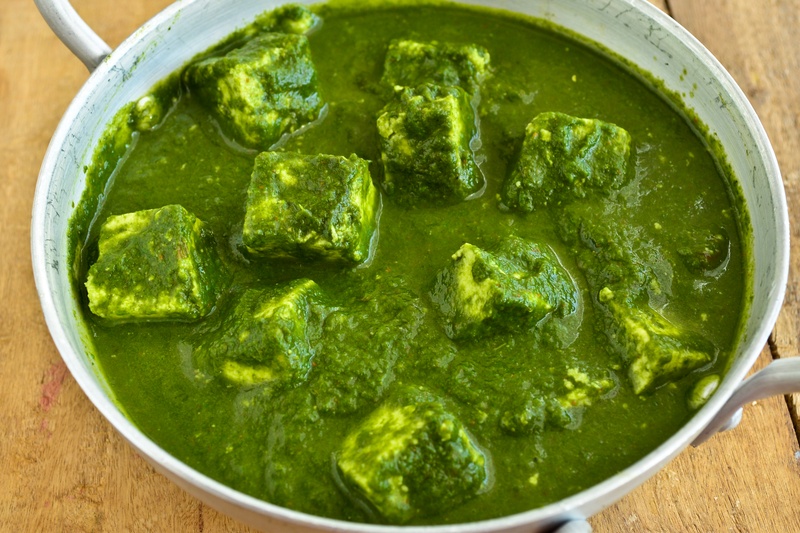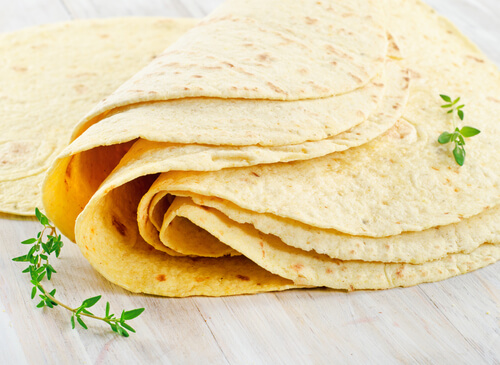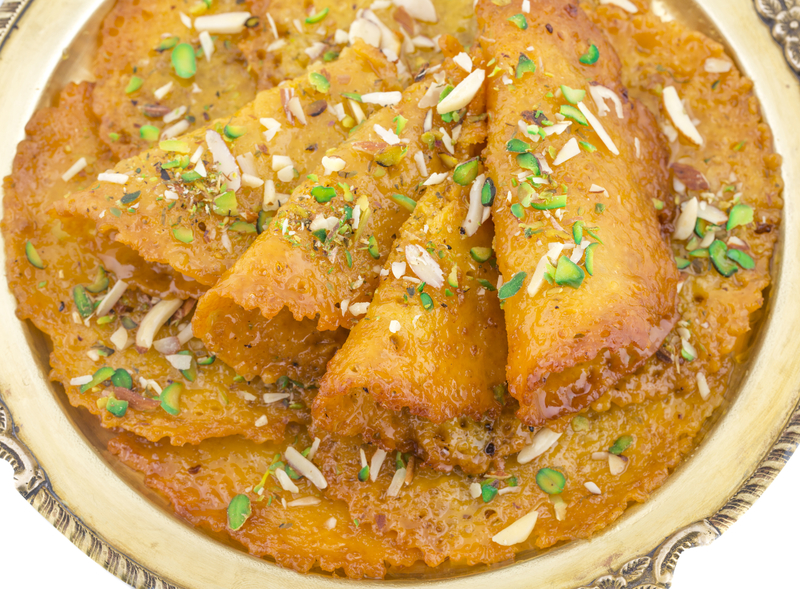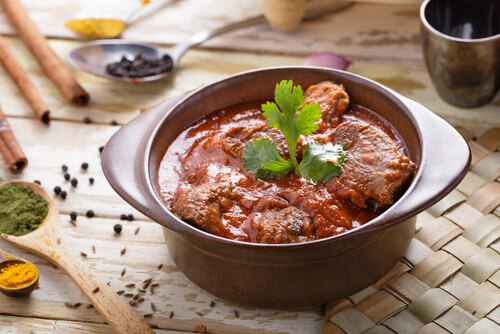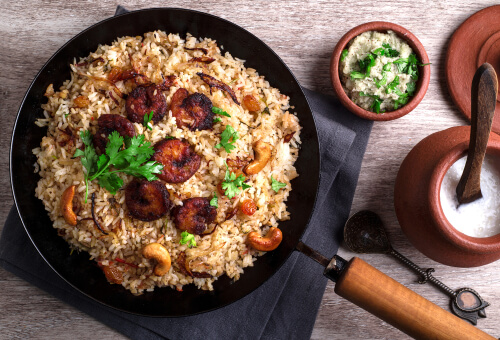Ingredients
- 400 gm conger eel
- 500 gm bream
- 400 gm hake
- 6 fresh sardines
- 3 gurnard
- 3 large or 6 small ones onions
- 2 celery stalks
- 1 bouquet garni
- 6 Potatoes
- 2 leeks
- 50 gm Butter
- 2 garlic cloves
- cooking oil as needed
- vinegar as needed
- 3 shallots
- fresh chervil – a handful of leaves
- salt to taste
- Freshly ground black pepper to taste
- Water as needed
How to Make Cotriade
Trivia
The word Cotriade comes from the Breton word “Kaoteriad”. It means sharing of the catch that a sailor returns with and the contents of a cauldron which clarifies the cooking technique of the stew in a large pot. |
